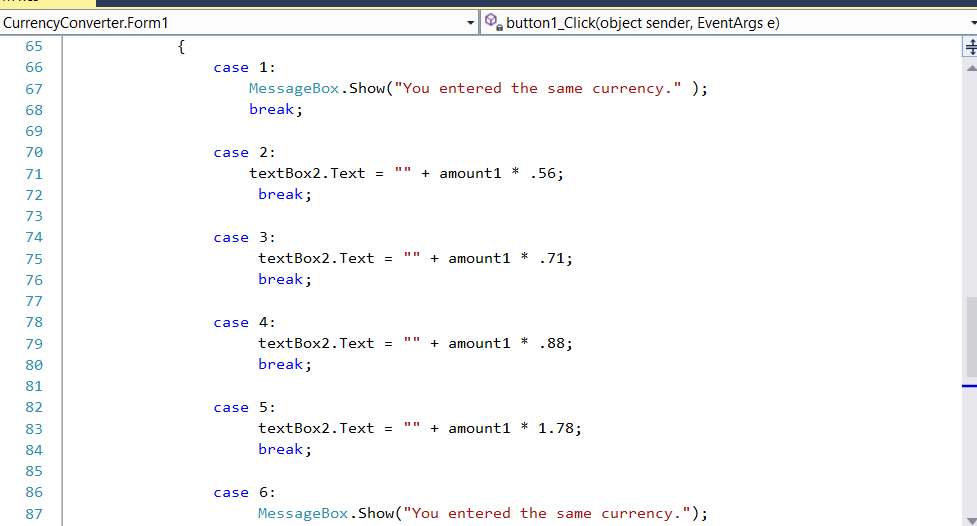source: Agence France-Presse, on MSN France.
author: Clément Sabourini
translation: doxa-louise
Kuujjuarapik, outpost on a thawing Canadian Artic
The Ancients can attest to this, never have polar bears ventured so far south.
But 30 years after the thaw of the tundra, Kuujjuarapiq has learnt that none
could predict the worst consequences of global warming.
Word rapidly got out: a polar bear, then two, were seen roaming around this
small settlement on Hudson’s Bay, southerly outpost for the Inuit people some
1800 kms north of Montreal.
Once the alarm sounded, children were forbidden to go beyond the last houses
of this village of 1500 souls. In the midsts of a blizzard, the men took to arms and
snowmobiles and killed one of the two beasts, something unthinkable in earlier times.
‘In the 1920s, when I was a child, polar bears existed only in tales. Now they
are coming forward, in ever increasing numbers’, tells us Alec Tuckatuck, one of
the hunters of the village.
The largest carnivores on the planet now meander around Kuujjuarapik for in this early
December, the sea ice, from which they hunt for seal, no longer forms as in times immemorial.
‘The winters are shorter and the summers longer, and we are now seven months
without snow’, comments Alec, explaining that the Inuit no longer trust the ice cover,
as they had in the past.
Comfortable in his yellow ski pants, the old hunter remembers that higher temperatures
were first felt ‘in the middle of the 1980s’, with the thaw of the permafrost layer. ‘This has
changed the pace at which ice forms, as well as the thaw. (...) Now vegetation grows more quickly’.
A Climate Bomb
If higher temperatures can bring advantages for the local population, such as a greater
abundance of fish in this part of Hudson’s Bay, the lost of permafrost is feared by scientists.
‘This could be a climate bomb’, opines Florent Domine, a rare specialist on permafrost, on
loan from the CNRS (Centre National de la recherche scinetifique, France) to the nordic
studies research lab Takuvik at Laval University, Quebec.
Crouched in snow at -25C, this French researcher has layed out his measuring instruments i
n peatland, a few minutes by helicopter form the Inuit burg.
At Kuujjuarapiq, as in the High Artic, the biologist commes to the same conclusion: the
ground is heating up inexorably. ‘If permafrost thaws quickly, part of the carbon
(it contains) will be liberated into the atmosphere in the form of CO2 (carbon dioxide) and
CH4 (methane), through the action of bacteria, thus aggravating considerably the greenhouse effect’.
According to available dayta, there is tow times the carbon present in permafrost that
there is in air. This phenomena is so little understood and studied that the intergovernmental
expert group on climate evolution (IPCC) of the UN does not integrate it in climatic models,
the researcher points out.
The worst case scenario from IPCC evoques temperature increases in the order of 4C or 5C
by 2100. Florient Domine for his part expects an increase of around 8C, once one has factored
in the multiplier effect of the thawing of permafrost.
In order to evaluate the volumes of greenhouse gases emitted during the mineralization
of organic basements during heating, M. Domine and his team follow notably the evolution
of tens of ponds created by the collapse of thawed tundra. In particular Pascal Bégin, a
Quebec biologist, follows the spilling over of blocks of tundra into water holes
where they are susequently degraded by bacteria. In the absence of oxygen, the fermentation
of sediemts creates methane, a greenhouse gas 20 times more potent than CO2,
observes the young woman.
The vicious cycle of global warming thus seems to be accelerating in the Artic and the
inhabitants of this polar region ‘have no alternative but to to adapt’, remarks the old Inuit
hunter, Alec Tuckatuck.
Even polar bears, confused by the thawing of the ice shield, seem to have integrated the
new reality: as they adventure further south seeking food, these carnivores have
been mating with their cousins the Grizzlies. A few years back such hybridization would
have seemed unnatural.
























